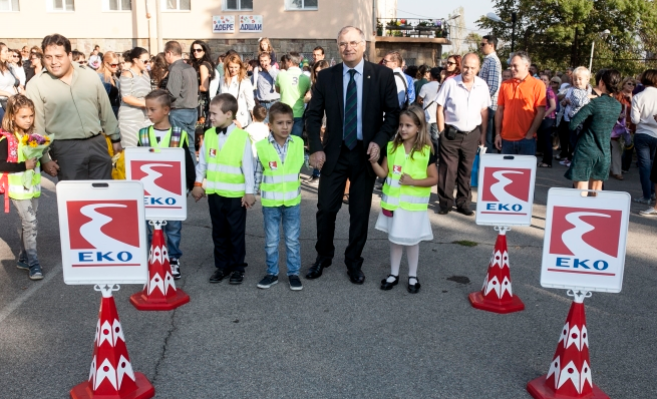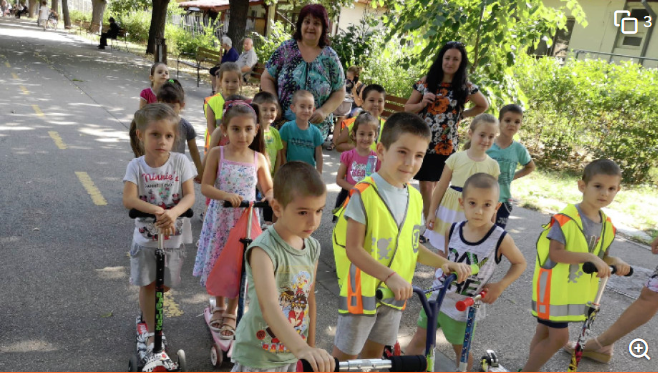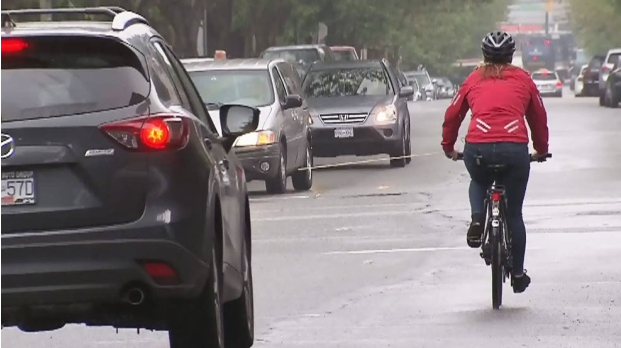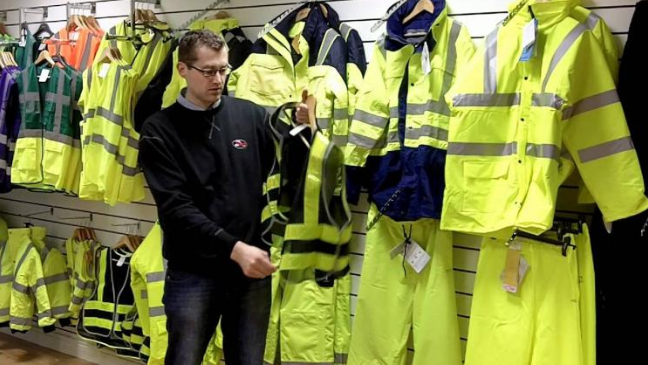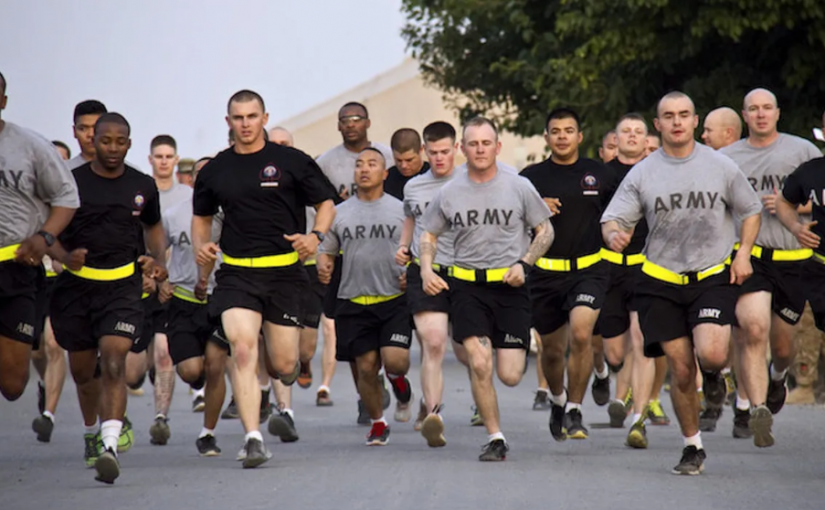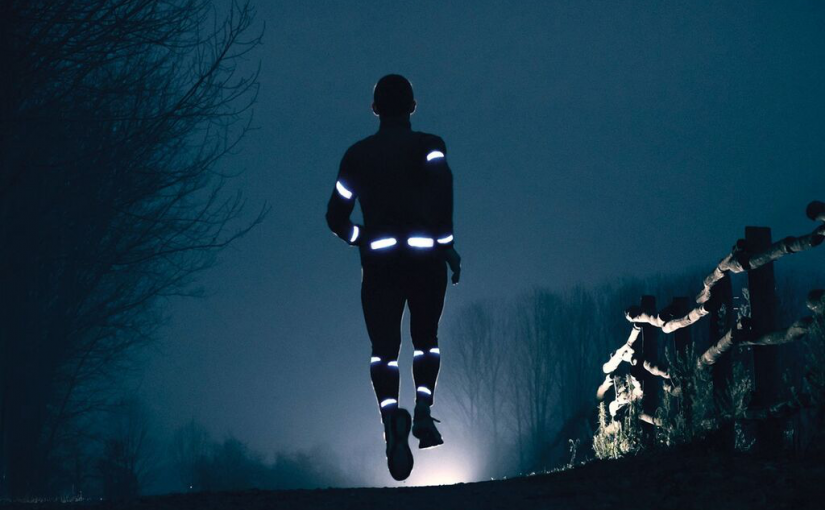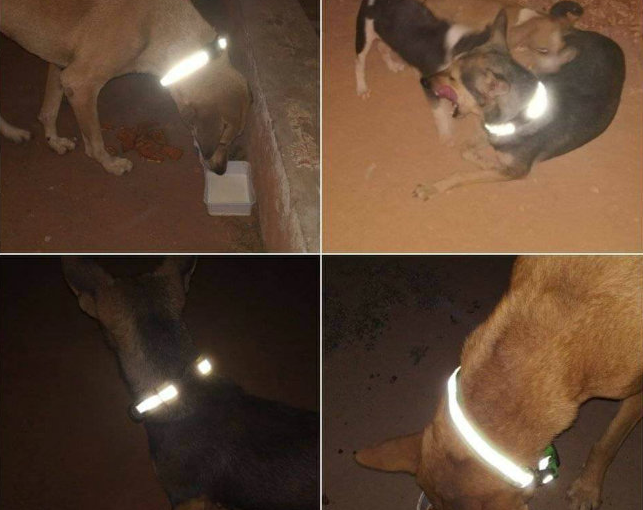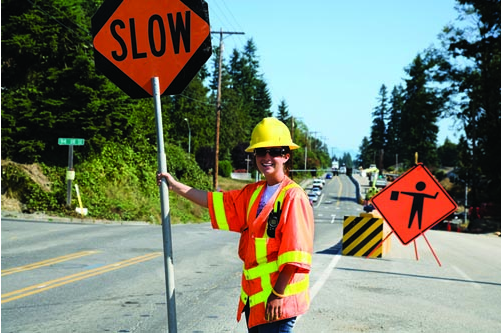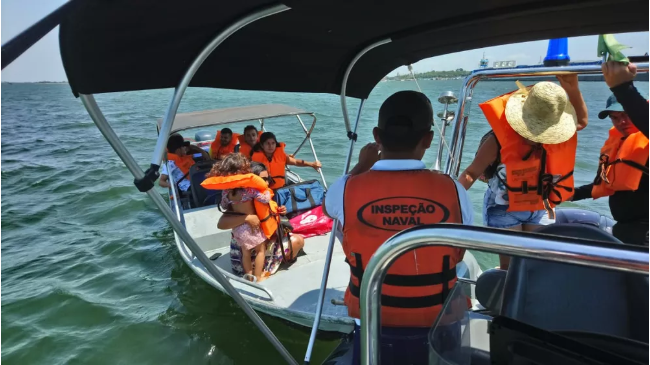Strengthening the Road Traffic Code, applying the principle of proportionality between the risk of infringement and its impact on road safety and the grouping of fines and infringements, the Ministry of Transport proceeds with the draft Law on Passenger Traffic Regulations.
According to the ministry, the infringements of the KKO are not a means of collecting fines, but with the new KKO, the imposition of fines has another conceptual meaning.
The main changes to the new CMC are the following:
Application of the principle of proportionality between the risk of the infringement and its impact on road safety
Rating offenses according to their risk to:
1. Low Risk (E1)
2. Medium Risk (E2)
3. High Risk (E3)
Further and irrespective of the category of risk, the above infringements may be classified in the following categories:
1. Very high frequency of accident (S1).
2. Anti-social behavior on the road (S2).
Direct removal of license plates and driving license for 60 days in cases of:
A. Using a cellphone without the use of a headset or without placing a cellphone in a dedicated position for open listening.
B. Preventing Disabled People (Disabled) Ramps or Parking at Exclusive or General Parking Facilities.
C. Use of the emergency lane (ESA)
Direct removal of license plates and driving license for 60 days in cases of:
A. violating the provisions on the use of a seat belt or a protective helmet
B. violating the provisions on the use of special means of restraint and protection in the transport of children
C. Throwing objects or substances that may cause a fire, such as a cigarette.
Direct removal of license plates and driving licenses for 30 days on heavy-duty drivers who are constantly moving in the left lane or using it for overtaking.
In the event of a repeat offense, the license is removed for a double period and the offender is subject to review for re-issuance.
Registration of the removable plates in a computerized system of the Ministry of Infrastructure and Transport.
The sanctions, according to the ministry, should be touched by all citizens to be proportionately burdened and administrative measures to deter everyone from today.
One fine for everyone and a three-fold increase, through the Treasury, depending on income.
Horizontal reduction of 40% of all fines, except for alcohol-related offenses, the P2 license plate, and the red traffic light, as well as the violations of the provisions governing vehicle access.
Rules for 4-wheel motorcycles and outdoor activities vehicles
Prohibition on public paved roads on light and heavy four-wheeled motorcycles as well as on outdoor vehicles designed for use on the road or across the road.
The regulatory framework for bicycle traffic
Road markings with bicycle signs
Horizontal road markings: longitudinal stripes, wide stripes, special stripes, reflective tapes.
Enhancing road safety
Holders of any category of driving license, who have reached the age of 75, are required to pass a qualification and conduct test for each category they wish to renew. The renewal lasts for 5 years and then the process is repeated.
Another category included in the draft law is the changes to the Road Traffic Code. What are our goals? Our goals are to say that we do not have a road traffic code which is a means of payment, but we do have a road traffic education code. We must pass this on to our citizens, to our fellow citizens, to the drivers of every medium, and we strive to achieve this with very significant changes.
We want to make an effort together with citizens to build new code of social behavior and values, we must all realize that a bad habit can cost the life or health of a fellow citizen. We need to realize that the stress and rush of everyday life cost us the daily life of a fellow citizen who is denied accessibility, especially for people with disabilities.
And we have to create a system that is understandable to everyone. Today we have a road traffic code with hundreds not to say thousands of violations. Each infringement has its own fine, so it is not understood which infringement is dangerous, very dangerous, less, which costs the most in our daily behavior in society. The same people we go to in the Mediterranean and Kifissia, we go to Eleftherios Venizelos airport.
The State must create that framework, the institutions, the infrastructure that the citizen will respect in the public sphere. But we all need to realize the bad habits we have. And of course, let’s move on to the education of the Road Traffic Code, our road education and conscience.
Our goal is to fulfill the obligations of the Ministry of Transport, namely educational material and to educate people on training and lessons, brochures, interactive games. A lot of work has been done in the Ministry of Transport on these issues and we should in the next school year, that is our goal, to start in all elementary classes and in most of the country to do such lessons.
It is in this logic that the imposition of fines that we want to acquire with the new traffic code has another conceptual content and is released from our mind by its thoughtfulness. The fine is not an end in itself for traffic offenses, our priority is prevention, conscience and the cultivation of road education.
I wish we had zero revenue from fines, that is to say, no violations. Let us all realize what our own negligence, our own transgression, can cost our fellow citizens.
In this context, we codify and classify offenses that have not existed so far in three categories: Low-risk, medium-high and high-risk. This classification is foreseen to be made following the recommendation of the statutory competent Road Safety Committee that exists and operates.
There are also two additional categories, one very high frequency of accidents, one antisocial behavior and the other. In these last two infringements, any infringements classified there by the competent Commission, there will be no fines, no fines, no driving license for 60 days.
Some of the violations provided for in the draft law are the use of a cell phone, without the use of a headset and the placement of a cellphone in a special place for an open hearing.
Preventing the passage of people with disabilities, parking in dedicated general parking spaces for people with disabilities, and using the emergency lane. Let me tell you that even in Constantinople which is a city of over 15 million, the LEA is open, and we have not been trained in it in the city.
We believe that these kinds of violations are violations that have to do with our quality of life, have to do with the potential neglect we have in our daily lives or the bad habit as it is for us to smoke too much, it is very easy to throw it away. your cigarette out the window, but you are most likely to burn a man and get killed by the engine behind him, right? Beyond pollution.
The same applies to the provisions on the use of a seat belt and a protective helmet, the use of special means of restraint and protection during the transport of children, so there are zero penalties, it is not a matter of fines for these infringements and administrative measures that you said.
The same applies when heavy vehicles drive only on the left lane or use the left lane for overtaking while there is traffic on the left lane. It’s something we all live on the highways. There, the license plates and driving license are removed for 30 days and the driving license is also removed for a double period.
In all these cases, in the event of a second relapse other than removal, it is obliged to review and re-issue the driving license.
